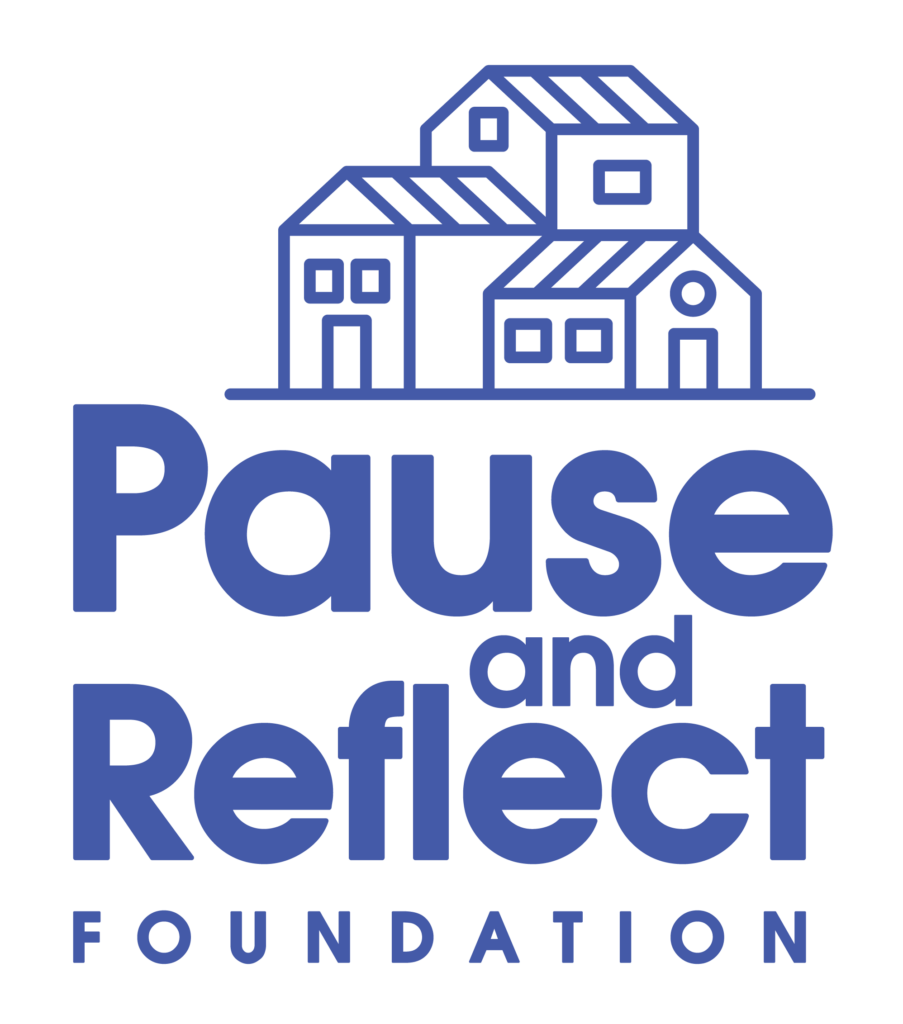The Distorted Lens of Control and Harm
Educate: IPV
- German: Gewalt in intimen Partnerschaften
- Dutch: Geweld in intieme relaties
- French: Violence entre partenaires intimes
- Spanish: Violencia de pareja íntima
- Russian: Насилие со стороны интимного партнёра (Nasiliye so storony intimnogo partnyora)
- Portuguese: Violência entre parceiros íntimos
- Hindi: अंतरंग साथी की हिंसा (Antarang sāthī kī hinsā)
- Korean: 친밀한 파트너 간의 폭력 (Chinmilhan pateuneo gan-ui pokryeok)
- Arabic: العنف بين الشريكين الحميمين (Al-ʿunf bayna al-sharikayn al-ḥamīmīn)
- Japanese: 親密なパートナー間の暴力 (Shinmitsu na pātonā-kan no bōryoku)
Intimate Partner Violence (IPV) is a violation of human rights that involves abusive tactics such as psychological/emotional, physical, economic, and sexual abuse, often used to dominate, control, and manipulate an intimate partner.
Contemplate the prevalence of IPV in the US and around the World:
- In the USA
- Statistic: IPV impacts over one of four women in the United States.
Impact: This highlights the widespread prevalence of IPV in the U.S. and its significant public health and human rights implications. - Statistic: Separated women experienced violence at seven times the rate of married women in the year prior to the study.
Impact: Separation, while intended to end abuse, often escalates the risk and frequency of IPV, emphasizing that leaving a relationship does not guarantee safety (Li 2023).
- Statistic: IPV impacts over one of four women in the United States.
- Global View: IPV study from Germany:
- A total of 57% of female participants and 50% of male participants have reported victimization by intimate partners during their lifespan in Germany.
- Psychological IPV was the most prevalent subtype, reported by 53% of females and 48% of males. (Jud, A., et. al., 2022).
Initiate actions and Pause and Reflect on your awareness and ability to support people facing IPV:
Locate a shelter: Find Local Resources
- Support women seeking separation: Acknowledge that separation, while a defiance of abuser control, can escalate violence. Provide enhanced support and safety planning for women during and after separation.
- Prioritize nonphysical abuse: Recognize that post-separation IPV often shifts from physical violence to nonphysical forms like verbal abuse, using children, stalking, and economic abuse. Interventions should be adapted to address these prevalent tactics.
- Support women seeking separation: Acknowledge that separation, while a defiance of abuser control, can escalate violence. Provide enhanced support and safety planning for women during and after separation.
- Address the “using children” tactic: Develop specific strategies and resources to counteract abusers’ use of children, custody arrangements, and visitation times as tools for ongoing control and abuse.
- Increase awareness of post-separation stalking: Educate women and support systems about the increased risk and prevalence of stalking after separation, and implement effective anti-stalking measures.
- Focus on economic abuse interventions: Provide robust support and resources for women experiencing economic abuse both pre- and post-separation, as this form of control persists and can escalate.
- Educate legal and court officials: Advocate for training for criminal justice and family court personnel (judges, mediators, attorneys) to understand the nuances of IPV, especially nonphysical and post-separation tactics, and to prioritize victim and child safety in custody decisions.
- Promote feminist perspectives in intervention: Incorporate feminist theories that emphasize patriarchal control and power imbalances into intervention programs, helping to understand the root causes and persistence of IPV.
- Develop programs for abusers: Implement programs that teach abusers to recognize and manage their aggression, aiming to prevent both physical and verbal confrontations, as well as other controlling behaviors.
- Improve data collection on sexual abuse: Recognize the potential underreporting of sexual abuse due to social desirability bias and explore methods to encourage more open disclosure in research and support settings.
- Enhance inter-agency collaboration: Encourage collaboration between healthcare services, advocacy-based victim assistance, school officials, and courts to provide comprehensive and coordinated support for women and children experiencing IPV across all stages of separation.
References:
Li CKW. A qualitative study on how intimate partner violence against women changes, escalates, and persists from pre- to postseparation. Fam Process. 2024 Sep;63(3):1446-1468. doi: 10.1111/famp.12923. Epub 2023 Aug 13. PMID: 37574256.
Jud, A., Grafe, B., Meshkova, K., Kavemann, B., Meysen, T., Hoffmann, U., Ziegenhain, U., & Fegert, J. (2022). Prevalence and Predictors of Affirmations of Intimate Partner Violence in Germany: A First Nationwide Study on Victimization in Women and Men. Journal of Interpersonal Violence, 38(1-2), 1473-
Locate a shelter: Find Local Resources
